To comprehend the appeal of these elaborate water vessels, one must delve into the peculiar psychology of the modern age. We find ourselves besieged by the ever-accelerating pace of life, relentlessly pursued by the cult of productivity and efficiency dating back to the Industrial Revolution. In this unforgiving world, the Victorian bathtub emerges as a symbol of respite—a refuge from the tumultuous currents of modernity.
The Victorian era, known for its penchant for excess and flamboyance, birthed the grandiose bathtub that now reclaims its rightful place in contemporary aesthetics. Meticulously crafted with cast iron, copper or even nickel baths, these objects evoke an air of opulence and grandeur.
But it is not just the sheer spectacle of these tubs, especially metal such as nickel, tin and copper baths, that have captivated the modern imagination. The resurgence of the Victorian bathtub also represents a yearning for a connection with the past—a desire to reclaim a sense of history and heritage. As we increasingly find ourselves adrift in a sea of indistinguishable design trends, the Victorian bathtub stands as a tangible link to the 19th century and Victorian society, reminding us of the craftsmanship and attention to detail that once defined our built environment.
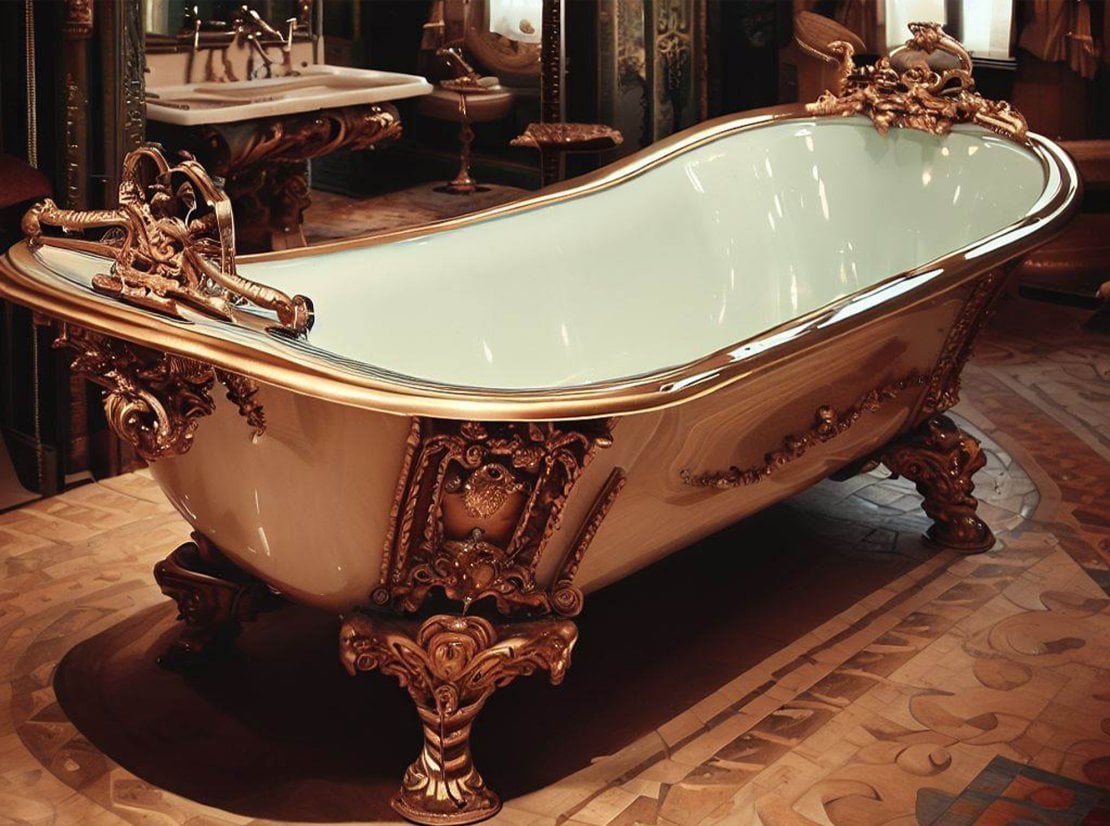
The Victorian bathtub with its curves and ornate embellishments serve as a refreshing antidote to the rigid geometries that dominate contemporary design. As we immerse ourselves in the warm embrace of a tin bath for example, we rediscover the forgotten joy of embracing the irregularities and imperfections that define us as humans.
Moreover, the Victorian bathtub presents an opportunity for storytelling and narrative. As we recline in its depths, we find ourselves transported to a different era—a time of elegant soirées and whispered secrets. Each scratch, each stain, bears witness to the lives that have been lived in its presence. These tubs become vessels of memory, linking us to generations long past, and inviting us to create our own stories within their depths.
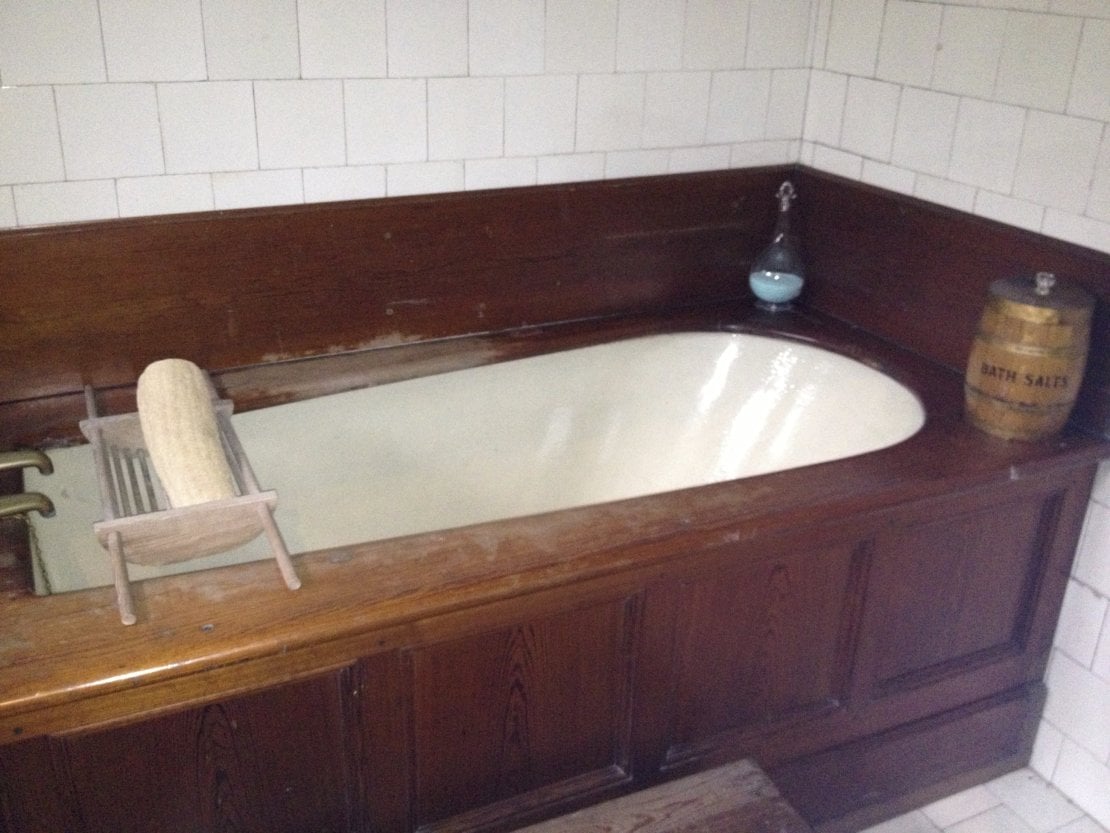
Of course, it would be remiss to discuss the resurgence of the Victorian bathtub without acknowledging the challenges it presents. These behemoths of the bathroom demand considerable space and financial investment. Their weight alone is enough to test the structural integrity of many a modern home. Yet, for those bold enough to embark on this journey, the rewards are manifold—a return to a slower pace of life, an escape from the relentless march of progress, and a connection to a rich architectural and design heritage.
As the Victorian bathtub continues its triumphant return to the limelight, it serves as a reminder that design is not solely about function or trend. It is about evoking emotion, challenging preconceptions, and forging connections with our collective past. In a world that often seems fixated on the future, the resurgence of the Victorian bathtub is a welcome reminder to pause, reflect, and immerse ourselves in the beauty of the past.
What Characteristics Define a Victorian-Style Bathroom?
Bathroom designers worldwide had access to an unfathomably large pool of ideas to draw upon during the Victorian period since the British Empire was so expansive at the time. Eclecticism and luxury met with Gothic influences and Middle Eastern flavours, and the result was the birth of a style that is gaining appeal now and will likely continue to do so in the future.
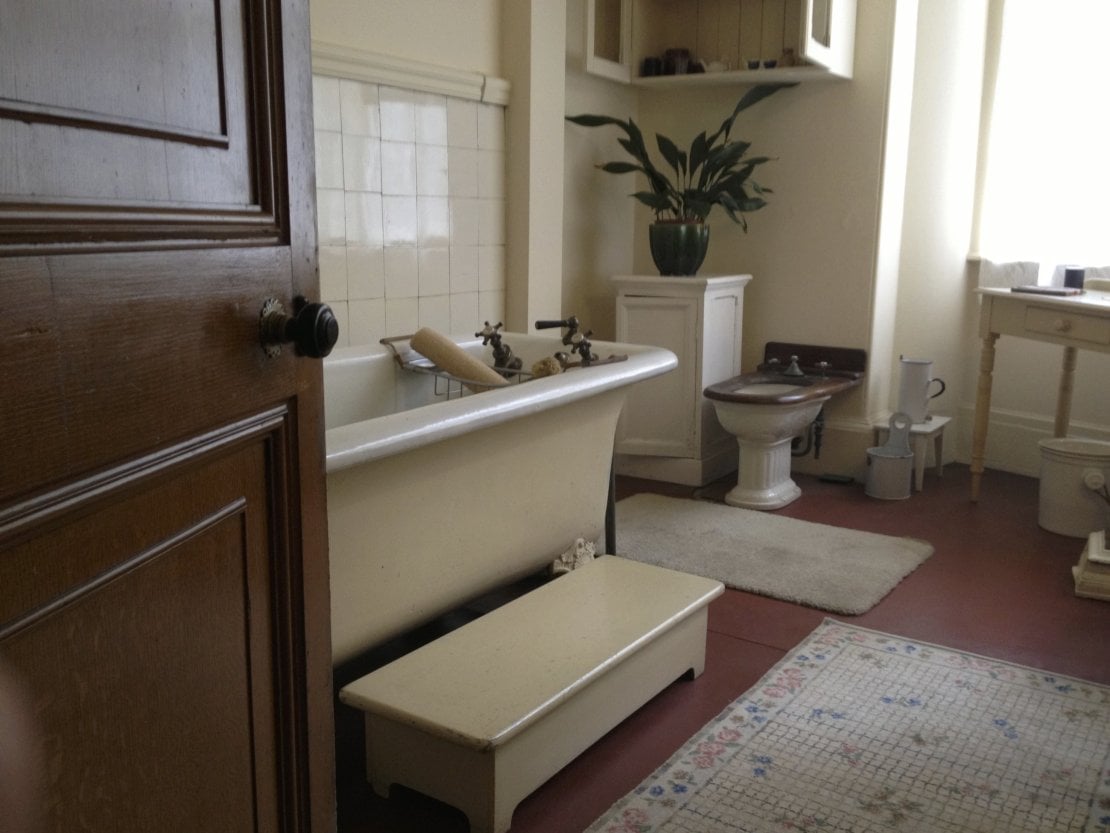
When the Victorian era came to an end, bathtubs quickly rose to prominence as one of the essential components of a "modern" home within a traditional bathroom. Most large houses had a "plunge bath" in the cellar. The only exceptions to this rule were tenements and older residences. Putting together a bathroom in the Victorian style revolves around installing freestanding baths.
If you want to add a touch of period styling to your interior design and brassware, the most important thing you can do is focus on Victorian detailing, which is applicable to both traditional and contemporary styles. You may want to take into consideration a variety of visual options when selecting your taps, shower (which could be within a shower bath), and related accessories. Some of these options include the style of the handle as well as the finish.
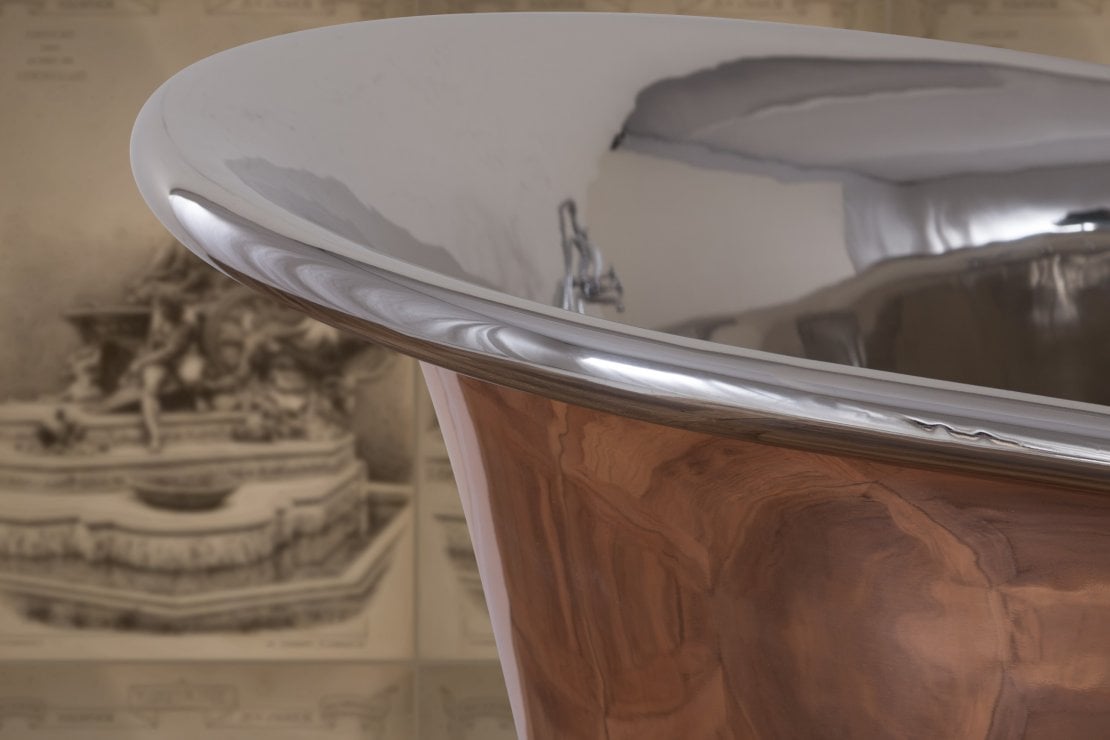
The bathtubs in the new Victorian bathrooms were made of porcelain, cast iron, tin, nickel or copper, and the pipes were either silver or nickel. Additionally, the smaller fixtures, such as sponge racks, soap dishes, and other items, were also made of silver or nickel. The tooth cup and associated tools were typically made of either cut glass or exquisite porcelain, while the basin and glass were typically made of glass.
It was common practice for the wealthy to decorate their luxury bathrooms with the same level of ornate detail and opulence as their bedrooms including vanity units, bathroom furniture, wallpaper and chandeliers. This was a sign of status and wealth.
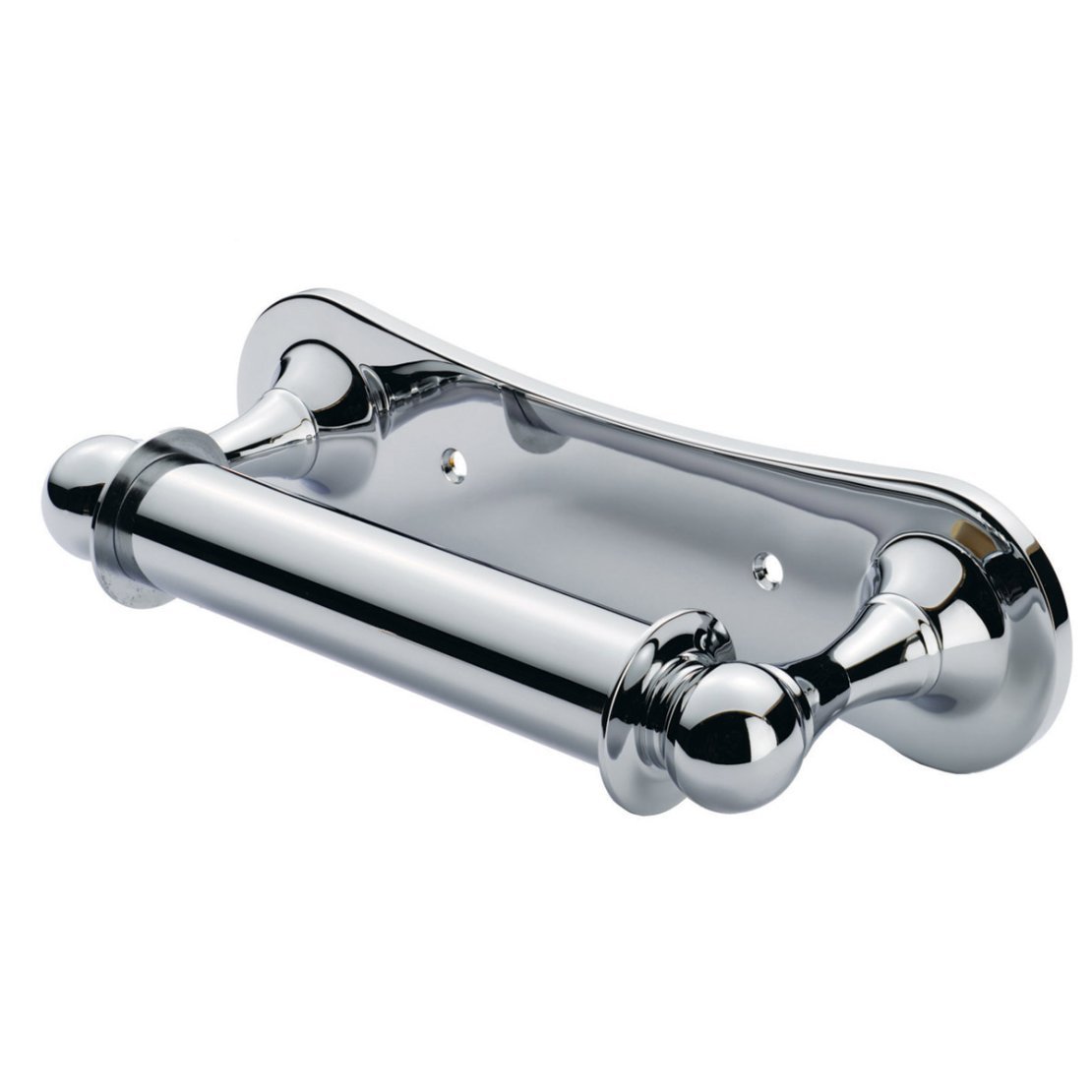
The once-ubiquitous clawfoot bath appeared to gradually transform over time and as circumstances began to shift into the contemporary built-in bath with an apron front as part of the bathroom suite. This form of enclosed bathtub made it much simpler for homeowners to maintain their bathrooms, and the availability of sanitary ware in various colours made it possible for homeowners to express their creativity through a wider range of interior design choices such as matching bathroom furniture.
On the other hand, the colour trend of the present day appears to be moving back toward the classic beauty of pure white and the opulence of the clawfoot bathtub . Homeowners are gradually beginning to take out their cheap, old-fashioned built-in baths and replace with luxury items such as copper bathtubs, baths that are handmade and slipper baths for example.
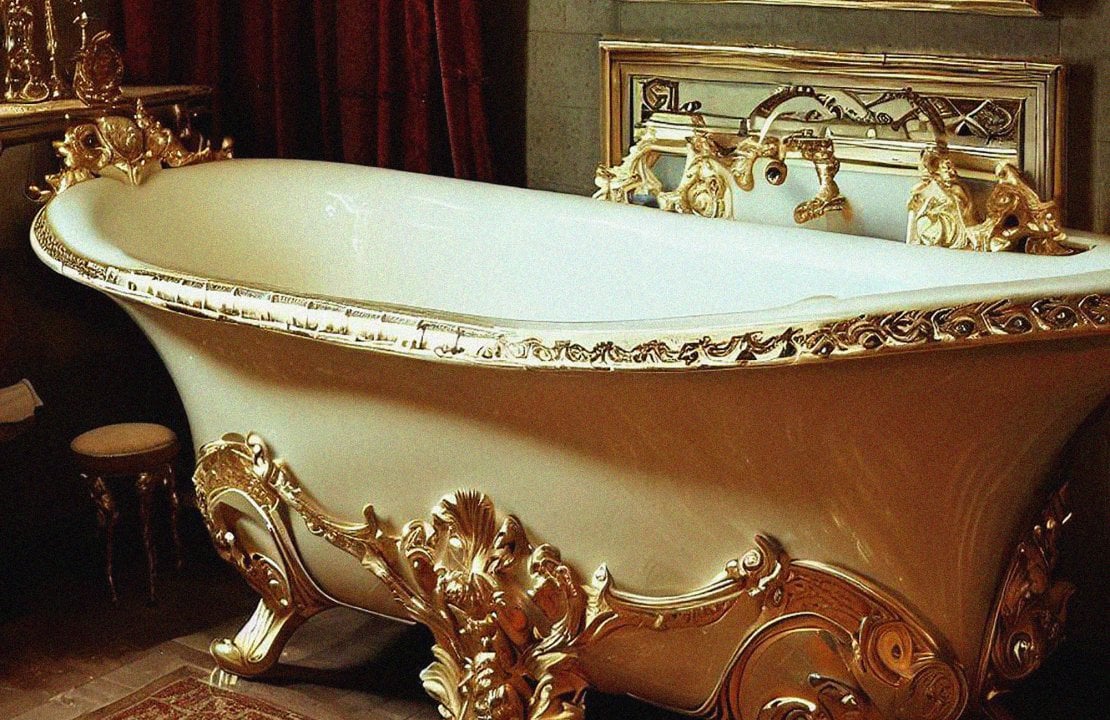

Be the first to add a comment...